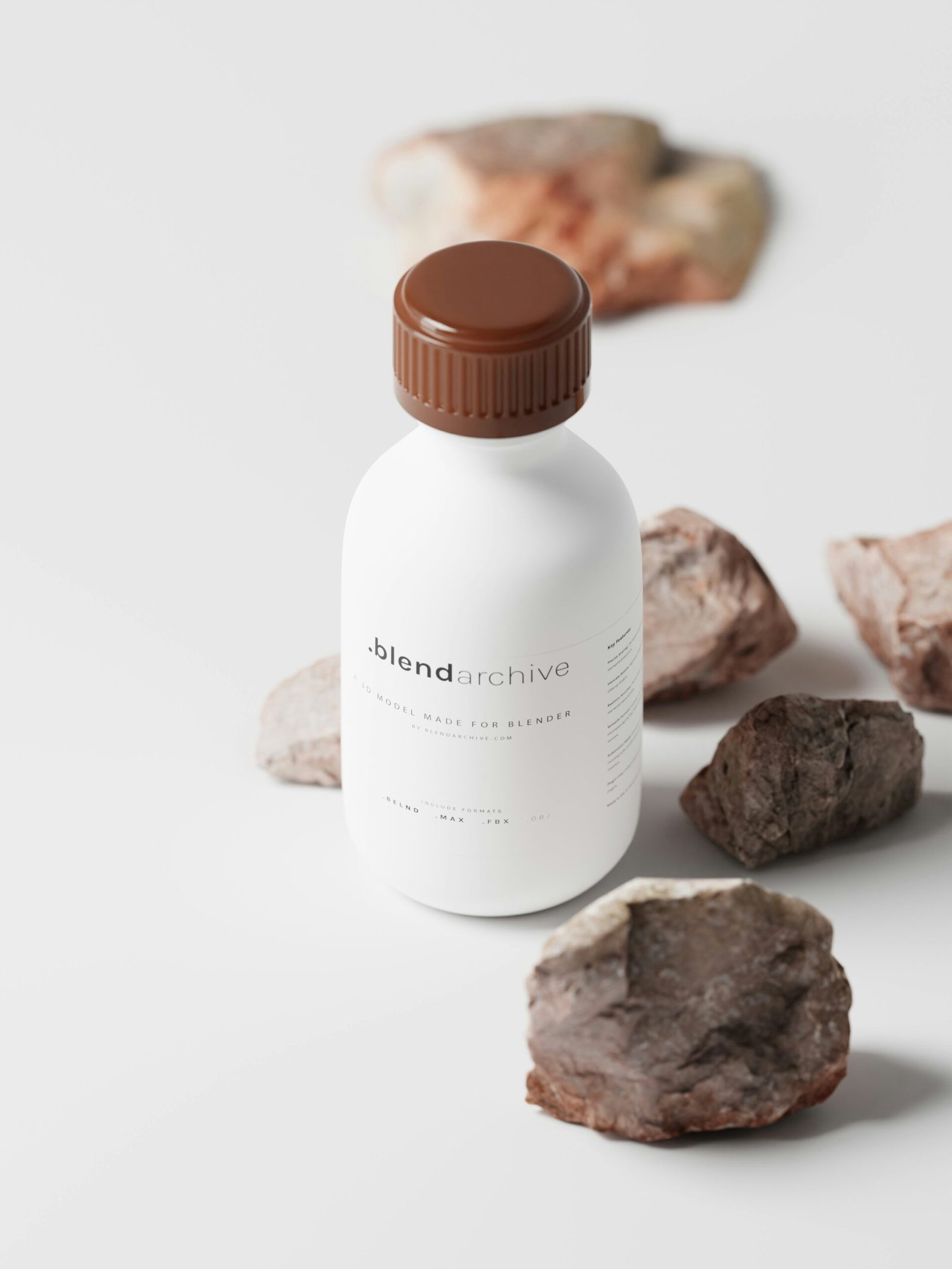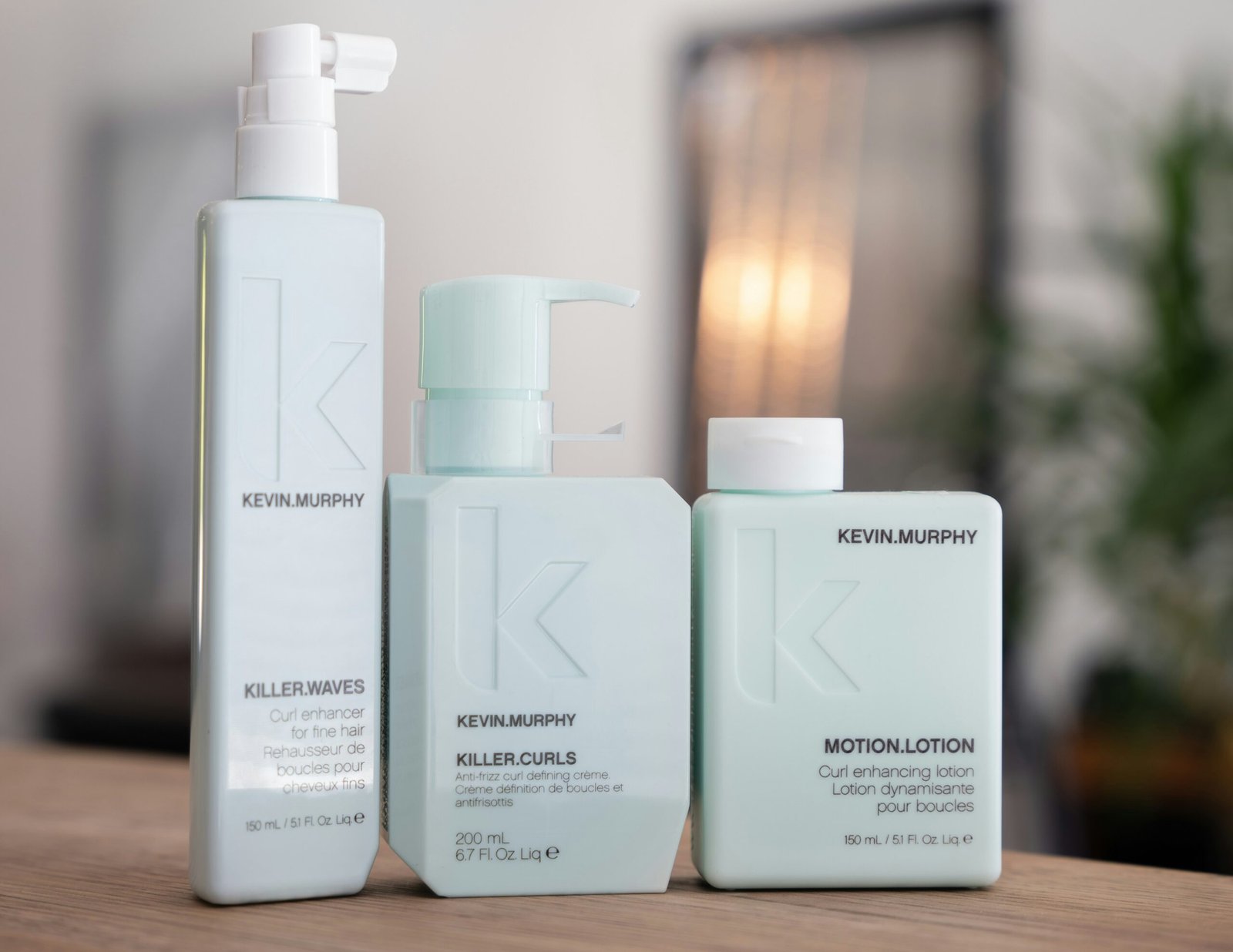
The Science Behind Your Favorite Cosmetics
Have you ever wondered what goes into making your favorite lipstick or facial cream? The answer lies in the fascinating field of chemistry. From formulating the perfect shade of foundation to creating skincare products that rejuvenate your skin, chemistry plays a crucial role in the cosmetic industry.
Innovations in Cosmetic Chemistry
Recent advancements in chemistry have led to significant innovations in the cosmetic industry. For instance, the development of nanotechnology has enabled the creation of products that can deliver active ingredients more effectively. This means that your anti-aging cream can now penetrate deeper layers of your skin, providing better results.
Another exciting development is the use of natural ingredients in cosmetics. Chemists are continually researching plant-based compounds and their benefits for the skin. This has led to a surge in organic and vegan cosmetic products that are not only effective but also environmentally friendly.
Safety and Regulation
Safety is a top priority in the cosmetic industry, and chemistry is at the forefront of ensuring that products are safe for consumers. Rigorous testing and quality control measures are implemented to ensure that each product meets safety standards. Chemists work tirelessly to identify any potential allergens or harmful substances and eliminate them from formulations.
Moreover, regulatory bodies like the FDA and the European Commission have strict guidelines that cosmetic companies must adhere to. This ensures that all products on the market are safe for use and do not pose any health risks.
The Future of Cosmetic Chemistry
The future of the cosmetic industry looks promising, thanks to the continuous advancements in chemistry. Personalized skincare is one of the emerging trends, where products are tailored to an individual’s specific skin type and concerns. This level of customization is made possible through sophisticated chemical analyses and formulations.
In addition, sustainable and eco-friendly cosmetics are gaining popularity. Chemists are exploring new ways to create products that are not only effective but also minimize environmental impact. This includes using biodegradable packaging and sourcing ingredients responsibly.
In conclusion, chemistry is at the heart of the cosmetic industry, driving innovation, safety, and sustainability. The next time you apply your favorite beauty product, remember the incredible science that makes it possible.

The Chemistry Behind Lipsticks
Lipsticks are a staple in many makeup routines, but have you ever wondered about the chemistry behind these vibrant products? The primary ingredients in lipsticks include waxes, oils, pigments, and emollients. Waxes, such as beeswax and carnauba, provide the structure and shape. Oils like castor oil and mineral oil offer smooth application and shine. Pigments deliver the rich colors that make lipsticks so appealing. Emollients, including ingredients like lanolin, ensure the lipstick glides on smoothly and keeps the lips moisturized.
The Science in Foundation
Foundation is another essential cosmetic product that relies heavily on chemistry. The main components are water, emollients, and pigments. Water serves as a solvent, helping to mix and apply the product evenly. Emollients like silicone and glycerin provide a smooth texture and assist in moisturizing the skin. Pigments, often derived from iron oxides, offer a range of shades to match different skin tones. Additionally, many foundations contain stabilizers and preservatives to maintain product integrity and longevity.
Hair Care Products: A Chemical Symphony
Hair care products such as shampoos, conditioners, and styling agents also benefit from advanced chemical formulations. Shampoos typically include surfactants like sodium lauryl sulfate to cleanse the scalp by breaking down oils and dirt. Conditioners use cationic surfactants and silicones to smooth and soften hair. Styling products, such as gels and sprays, often contain polymers that help maintain hair shape and style. These components work together to ensure hair is clean, manageable, and styled to perfection.
